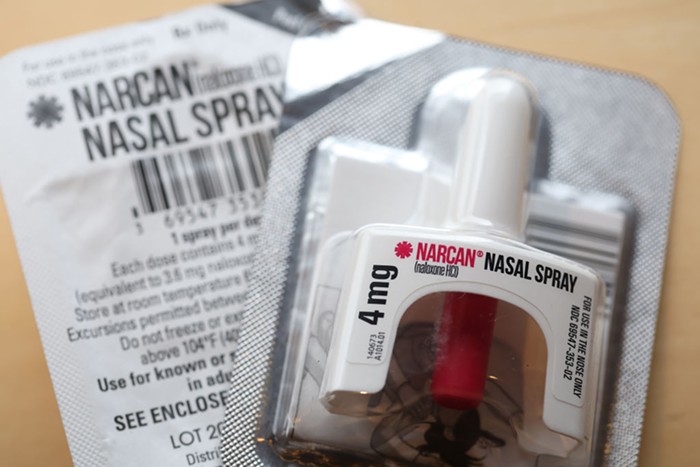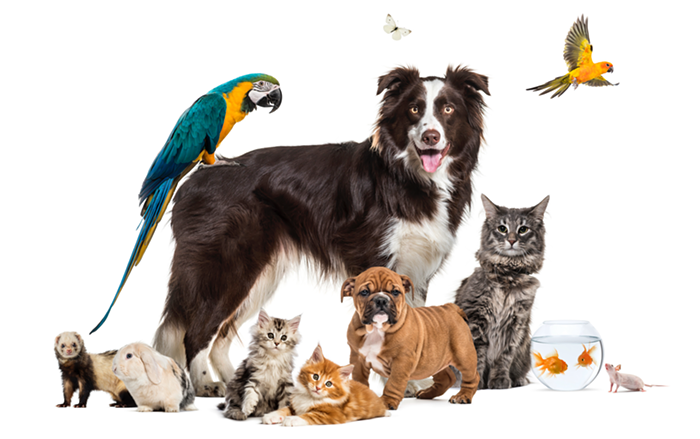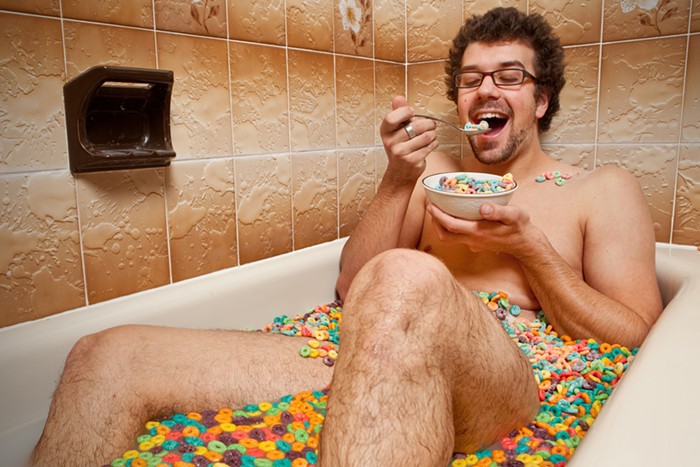An Excerpt from Fetch: How A Bad Dog Brought Me Home
Nicole Georges on Her Lovable, Cranky Pup
Best Practices for Small Pig Adoption
How to (Ethically) Achieve Your Dream of Getting a Small Swine Companion
When Cats ATTACK!
They Are Probably Just Scared, Says Horror Cartoonist and Attack Survivor Julia Gfrörer
Cat Party!
Getting Twisted with My Feline Friends
Pets of the Trump Administration
That’s Weird... White House Employees Look Just Like Their Pets!
There are few things that make me squeal more than the sight of piglets, or any well-kempt and reasonably sized pig, really. I’ve wanted a miniature “teacup” pig ever since I first learned they existed. And I’d always heard great things about pigs: They’re smarter than the average pet, affectionate, social, hypoallergenic (also, they don’t shed), and very similar to dogs and cats. They can learn tricks, be walked on a leash, and even be litter box-trained! But pigs are also highly intellectual animals that require a lot of attention and care that dogs and cats don’t, and they can become destructive if they aren’t properly tended to or don’t get the activity they need. They should never be kept in a small pen, or left alone with free range of the house. While they love to lounge around with you, they also need space and a yard to graze, run, roll around, and be a pig in. For pet owners who can provide all that, they can be great indoor/outdoor companions for the suburbs and even the city (just make sure to check the zoning restrictions in your area).
But after doing a bit more research about how to acquire a tiny pig, I was crushed by what I found: innumerable articles with headlines like “Never Buy a Teacup Pig” and “Why I Cringe When People Buy Teacup Pigs.” As it turns out, the terms “micro mini” and “teacup” are merely referring to the size in relation to full-grown farm pigs, and not to actual breeds. A company on the internet selling “teacup pigs” could very well be part of a popular marketing scheme in which dishonest breeders sell tiny piglets (all baby pigs are tiny!), which then grow to be much larger than promised, and are often just regular potbellied pigs. When the pig reaches maturity or an owner decides it’s too much work, many decide to surrender the animal to a shelter.
Portlander Megan Chasteen says her family’s beloved potbellied pig, Bentley Oliver, was an unexpected blessing. “We had a potbellied pig several years ago, but lost her too soon and weren’t planning on another pet until this little guy kind of fell into my mom and dad’s lap,” she says. Chasteen says they have no idea who the breeder was.
“My mom got him from a regular customer (my parents own a pub in Roseburg) whose daughter and son-in-law changed their minds about wanting him,” she says. “Their customer knew my family had had a pig before, and it was pretty much love at first sight.”
Pigs are simply not meant to be that tiny.
That’s one way to ethically adopt. Full-grown potbellied pigs can be the size of a dog, but will weigh between 80 and 150 pounds. Paris Hilton, who’s known for popularizing pigs as pets and often scrutinized for using animals as accessories, bought a “Dandie Extreme” piglet from Royal Dandies, a breeder in Oregon. Paris expected her piglet to be around 25 pounds at full maturity, but a recent photo of the $3,500-plus pig shows that Miss Pigelette is much bigger than that. To her credit, Hilton also lands on the side of pet owners who already love the pig and end up keeping it regardless of its size. The “teacup pig” phenomenon has otherwise resulted in shelters reaching their capacity of full-grown homeless pigs.
There’s also a lot of crossbreeding going on to achieve smaller pigs’ more manageable size. Though there’s debate as to whether they’re even a breed, Juliana pigs are said to originate in Europe, and are naturally small (around 40 pounds) due to selective breeding. The folks at Heart2Heart Farms—a family-owned business in Sherwood that prides itself on organic products, sustainable practices, and humane treatment of animals—has four kinds of pigs, including a “City Pig,” which is a cross between a runt American Guinea Hog, Kune Kune, and Juliana. They also offer a “Foster Piglet Program” every year as an option for those who are on the fence about having a city pig as a pet. It started as a way to prevent runt piglets from being culled, but now has become a great way to increase piglet health and survival. After applying, paying a $50 registration fee, and a $50 refundable deposit (when you return the piglet in sound health), you have the opportunity to take care of a piglet for five weeks (it needs to be bottle-fed raw cow and goat’s milk every few hours for the first few days). Then you can choose to either adopt the pig or return it to the farm, where it’ll either become a domestic pet or breeding stock.
Potential pig owners should also be aware of the amount of misinformation that some breeders give about proper diet for teacup pigs, recommending special food in small amounts in an attempt to keep it under a certain weight. Too often, this results in little pigs dying of starvation or malnutrition. Pigs are simply not meant to be that tiny. In addition to feed, pigs should be snacking on fruits and vegetables and grazing throughout the day. Needless to say, buying a “teacup” pig from a place on the internet touting “some of the world’s smallest pigs” is not a wise idea.
“[My parents] have been researching and learning on-the-go because his personality and habits are very different from our last pig,” Chasteen says of Bentley Oliver. “He loves to be held and to sit on the couch with his humans. He is best buds with my sister’s cat and does not like baths.”
Before getting a pig, do your research. Plan to buy from a local shelter or from a knowledgeable farm that lets you see the piglet’s healthy full-grown parents—and make sure that there’s a vet near you who can treat them. Above all, be prepared to love and care for your piggy—regardless of how big he or she grows.












